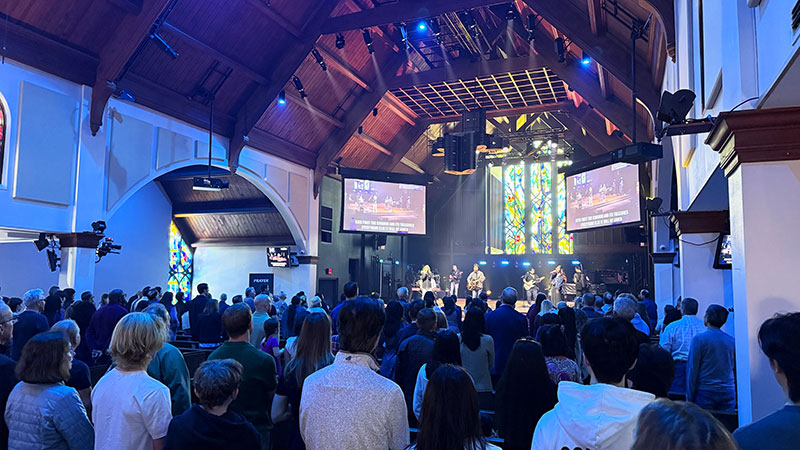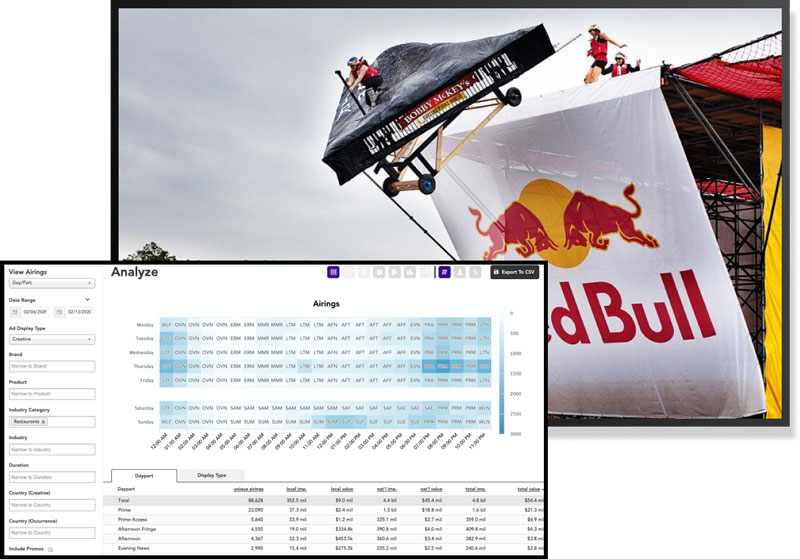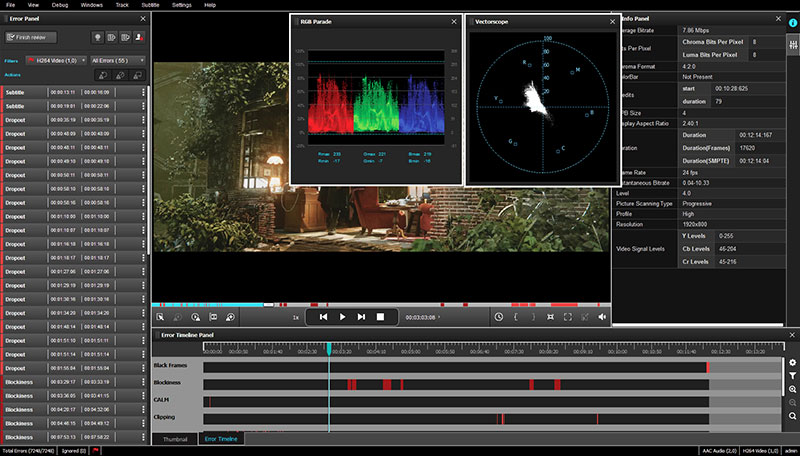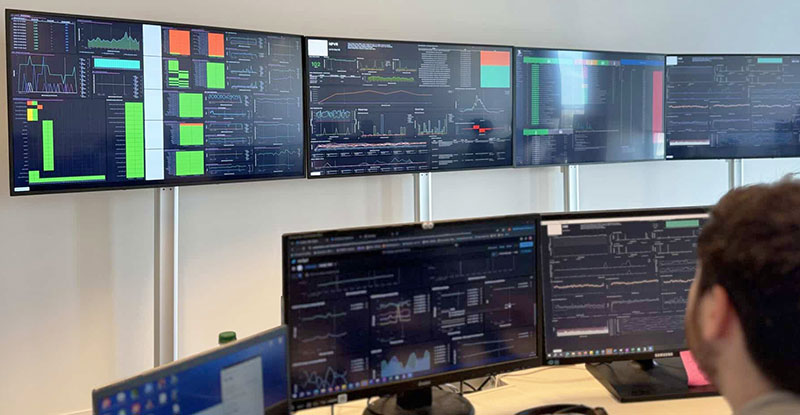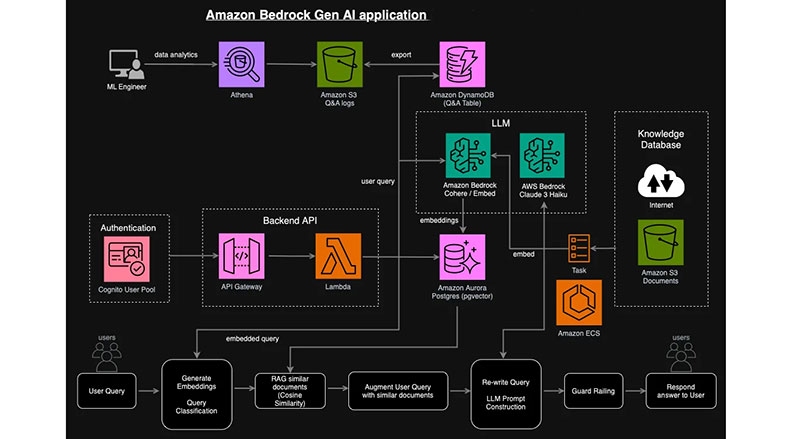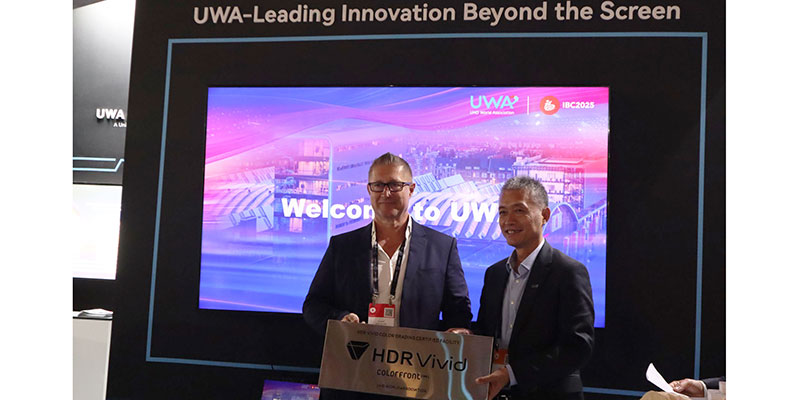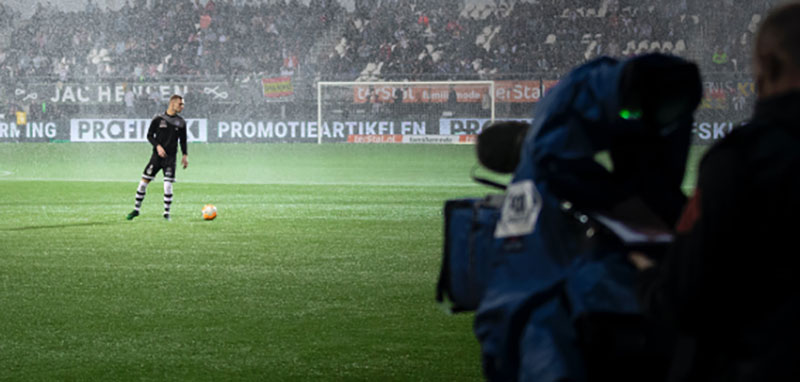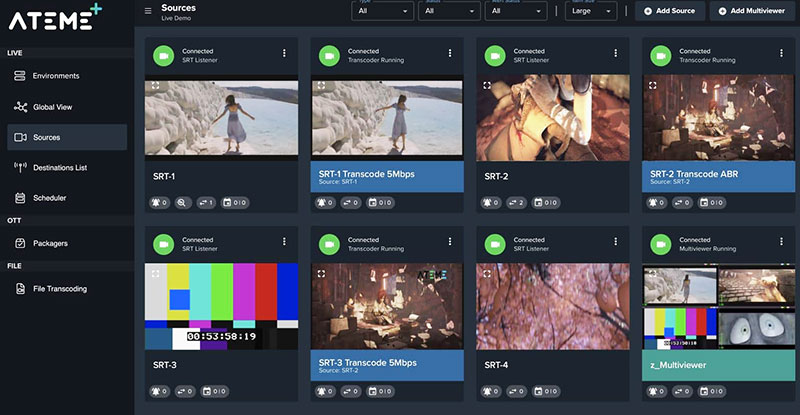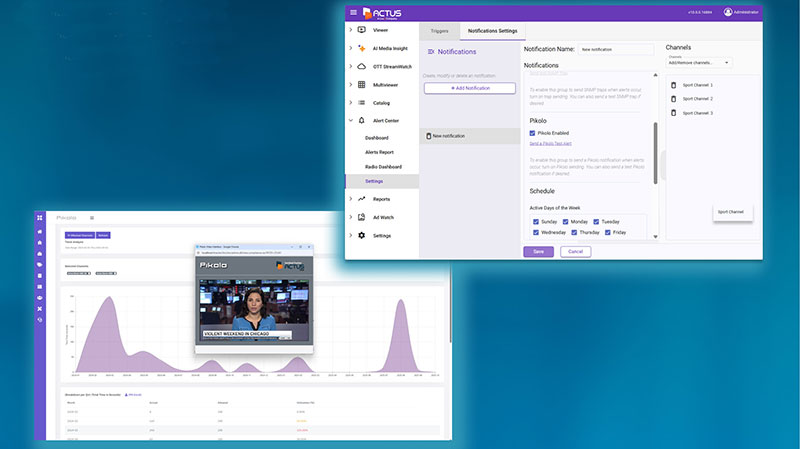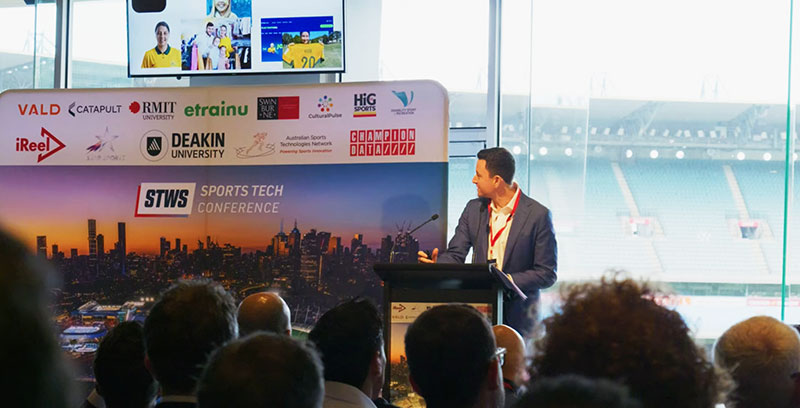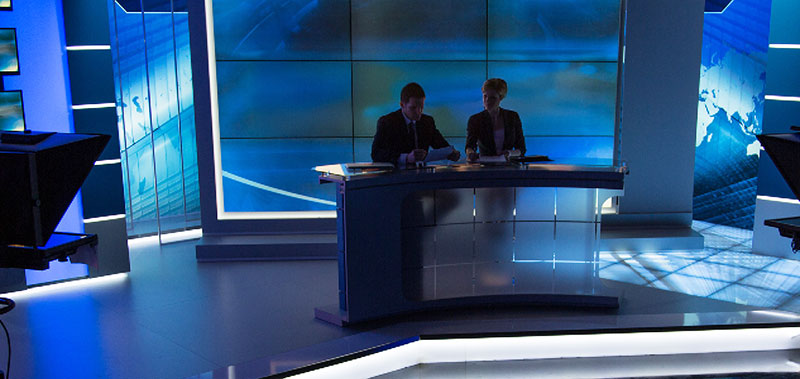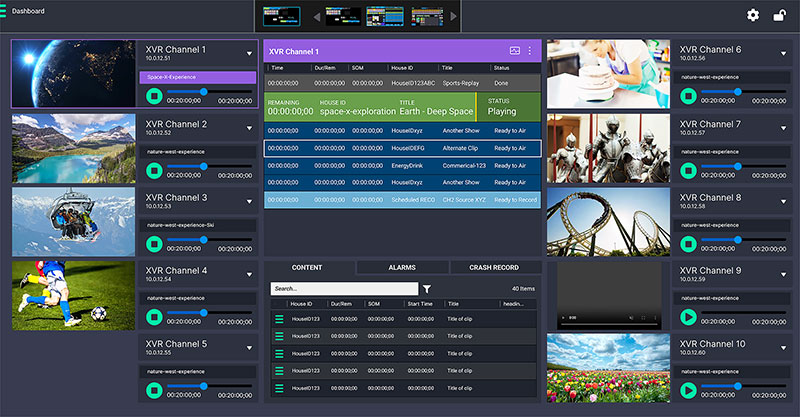Bitmovin Live Encoder now runs on Akamai Cloud Computing, reducing data transfer out (DTO) costs and helping streaming services deliver better live viewing experiences.

Bitmovin’s Live Encoder is now running on Akamai Cloud Computing distributed cloud platform. By reducing data transfer out (DTO) costs, the combination of Bitmovin Live Encoding and Akamai can help lower operational costs.
Running Bitmovin Live Encoder on Akamai Cloud Computing is intended to help streaming services deliver better live viewing experiences across a wide range of use cases including sports/eSports, news, online fitness, eLearning, religious services, large-scale events, corporate communications and political campaigns among others. Bitmovin’s Live Encoder also supports several ad monetisation models, including 24/7 linear television channels and Free Ad-supported Television (FAST) channels.
“Bitmovin can help its live-streaming customers deliver higher-quality viewing experiences, and reduce and better control costs by running Live Encoder on Akamai Cloud Computing,” said Dan Lawrence, Vice President of Cloud Computing at Akamai. “Placing and executing Live Encoder’s critical compute functions closer to end users can realise lower latency streaming while maintaining the quality of service that consumers expect as standard from streaming providers.
“It can also help reduce DTO fees, substantially in many cases. Together, we believe this meets the industry’s desire to continue raising the standards of live streaming, run on lower and more predictable operational costs, and deliver more opportunities to monetise content.”
Partner Program
Bitmovin is the most recent organisation to join the Akamai Qualified Cloud Computing Partner Program, which has allowed it to make their Live Transcoder available on Akamai. The program is designed to make software-based services that are interoperable with Akamai Cloud Computing services directly accessible to Akamai customers. The partner services must undergo a qualification process that ensures their availability to deploy and scale across the globally distributed Akamai Connected Cloud.
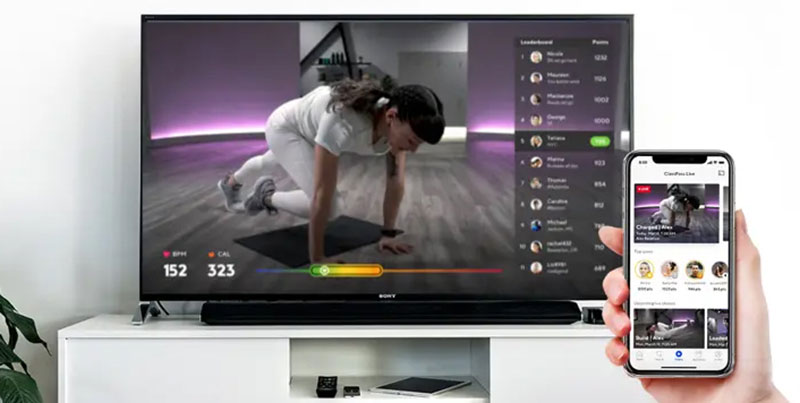
Bitmovin Live Encoder users who run the software on Akamai may also take advantage of pre-integrated third-party services for their video streaming workflows. Among these are Videon's LiveEdge contribution encoders, Grass Valley’s Agile Media Processing Platform (AMPP) for live production, Zixi for secure transport and ingest, EZDRM for multi-DRM and content encryption, Yospace for Server-side Ad Insertion (SSAI) and others.
Akamai Media Services Live
Bitmovin’s Live Encoder has a user interface that makes it easy for users of all levels to set up live streams quickly, and Bitmovin’s robust API, which gives developers control over all aspects of the encoding pipeline. Live Encoder is also pre-integrated with Akamai Media Services Live to support live-to-VOD and live clipping.
These features are part of Akamai Connected Cloud to support secure, efficient streaming at massive scale across Akamai’s global CDN. Others include Akamai’s proprietary, reliable ingest acceleration to improve the quality of the live feed, low-latency support keeping delays between broadcast and live streaming down to 2 seconds or less and the liveOrigin self-healing network that replicates content to multiple locations to enhance reliability and availability. Real-time reporting on first-mile performance is included.
“Our Live Encoder upgrades live streaming by preserving image and audio quality, so audiences can enjoy immersive live experiences,” said Stefan Lederer, CEO and co-founder of Bitmovin, “Running our Live Encoder on Akamai Cloud Computing will help organisations improve the quality of their live streaming workflows.” www.bitmovin.com







